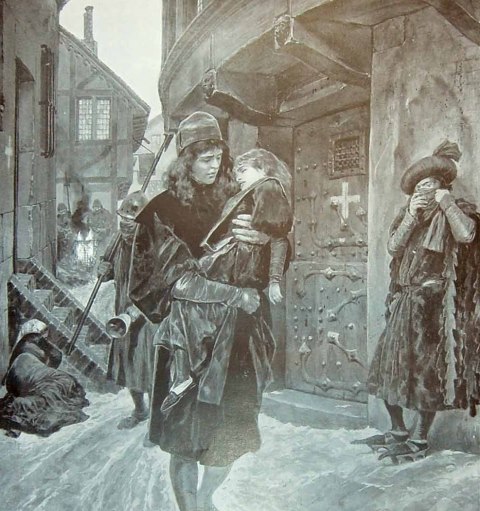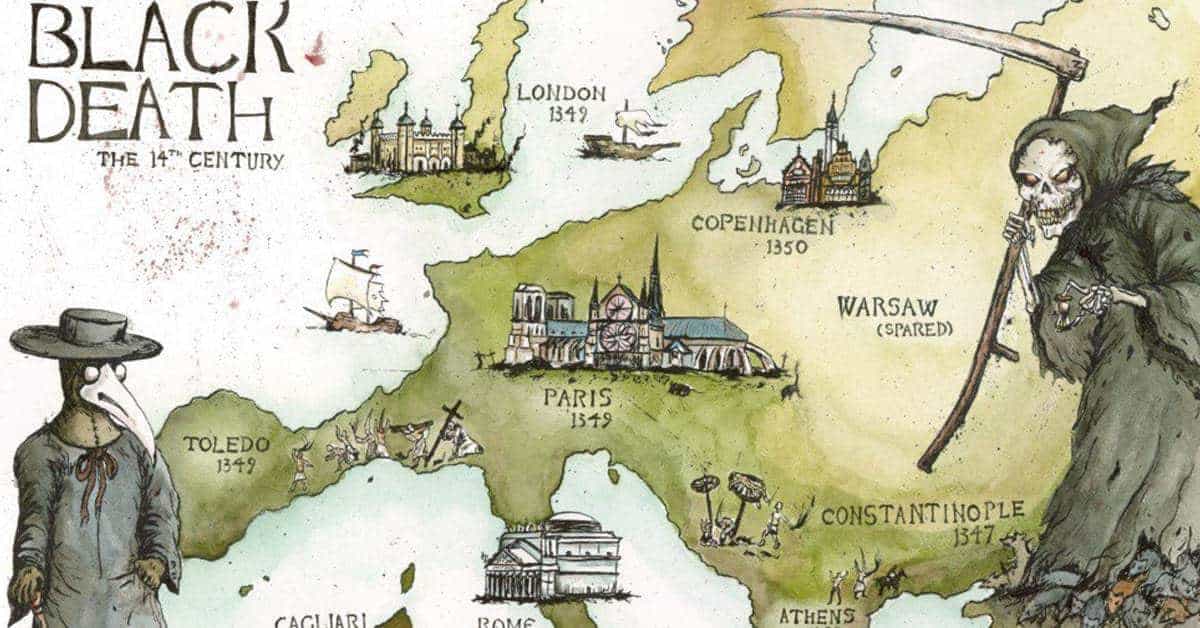In the 1970s, Sylvester Stallone was relatively unknown and was getting very few acting jobs. He says he was so broke that he tried to sell (or re-home) his dog because he couldn't afford to feed or take care of him.
 |
| Stallone with his dog, Butkus |
1 - Desperation lead Stallone to write the movie script entitled Rocky, which he finished in just three days.
 |
| With Burgess Meredith |
Trivia for above picture: Burgess Meredith got the part of Mickey,
Rocky's trainer, because the other actors who were in consideration
were insulted that Stallone wanted them to read for the part first.
2 - United Artists, the movie studio, wanted to buy Sylvester Stallone's script but they didn't want Stallone to star as Rocky Balboa. Instead, they wanted an established actor to star in the movie: Robert Redford, Ryan O'Neal, Burt Reynolds or James Caan.
 |
| Original Rocky Script |
3 - Even though Stallone had very little acting experience, he refused to sell his script unless he was guaranteed to play the title role of Rocky Balboa.
 |
| Sylvester Stallone, circa 1970s |
4 - Stallone was offered six-figures for just the script, which in the 1970s was a really nice income. But he turned that down too.
 |
| Still photo from Rocky I |
5 - Stallone held his ground and he eventually sold the script with himself to star as Rocky. And - he also got to keep his dog, Butkus, who guest starred as Rocky's dog.
 |
| Stallone and his dog Butkus |
 |
| Wepner vs Ali, March 24, 1975 |
7 - Rocky isn't Balboa's real first name; it is Robert Balboa, which was revealed in a draft copy of the second film's script. The name Rocky was chosen in admiration of real-life boxing legend Rocky Marciano.
 |
| Rocky Marciano Poster |
8 - Carl Weathers, a former NFL linebacker, was cast to play Apollo. While sparring during his audition, he accidentally punched Stallone in the chin. Weathers assured Director John G Avildsen that he would do better with "a real actor." The director informed Weathers that Sylvester Stallone, the man he was sparring with, was the star of the movie. Weathers then replied, "Well, maybe he'll get better." Stallone offered him the role immediately.
 |
| Carl Weathers, as Apollo |
9 - Most of the outdoor scenes of Rocky jogging through Philadelphia were shot with no permits, no equipment, and no extras. When the fruit guy throws Rocky an orange, that really happened. But the people watching "Rocky" run around were actually watching some weirdo running through Philly chasing a van with a camera guy inside the van.
 |
| Running on Philadelphia's waterfront |
10 - The famous scene of Rocky running up the steps of the Philadelphia Art Museum happened exactly the way it did. Many cities require permits to film outdoor scenes but in the case of the movie Rocky, the scenes were shot with permits, lots of equipment or extra actors. Garrett Brown came up with a new way to film these kinds of scenes, called Steadicam. Brown was contacted by the movie's director who told the camera operator to chase Stallone up the steps. And that's how the now-famous shot was captured.
 |
| Rocky Balboa on the steps of the Philadelphia Art Museum |
11 - While making the movie, Sylvester Stallone quit smoking cigarettes because he was getting out of breath. Stallone also ended up flattening his knuckles after punching many meat slabs. Even today, when he makes a fist, his knuckles lay flat.
 |
| Stallone as Rocky Balboa |
12 - The most expensive cost on the set of Rocky was doing the makeup.
 |
| Makeup artists did the movie proud
13 - For the fight scene between Rocky and Apollo, the plan in place was for several former heavyweight champions to make an appearance at the beginning of the fight. But only Joe Frazier showed up on the day of the shoot. Stallone was the only one who wasn't disappointed. In fact, he was quite happy because of those scheduled to show up, only retired boxer Joe Frazier was from Philadelphia, lending some authenticity to the film.
Joe Frazier and Apollo
14 - Stallone and Weathers sustained some real injuries during the shooting of the final fight: Stallone had bruised his ribs and Weathers damaged his nose, which was the opposite of what their characters had suffered.
Rocky and Apollo
15 - Sylvester Stallone's father, Frank Sr., had a cameo playing the man who rings the opening bell of the championship fight. Stallone's younger brother, Frank, also has a cameo as the lead singer of the street band.
Stallone's father Frank Sr. and his brother Frank Jr.
had parts in the movie
Rocky I - the first of seven Rocky movies - was shot in about 28 days. It was a sleeper hit that earned $225 million in global box office receipts. It was the highest grossing film of 1976 and won three Oscars – Best Picture, Best Director, and Best Film Editing.
Please tell your friends about our blog. Thanks! https://nowyouknowthis2.blogspot.com/2017/03/great-facts-about-sylvester-stallones.html |





























